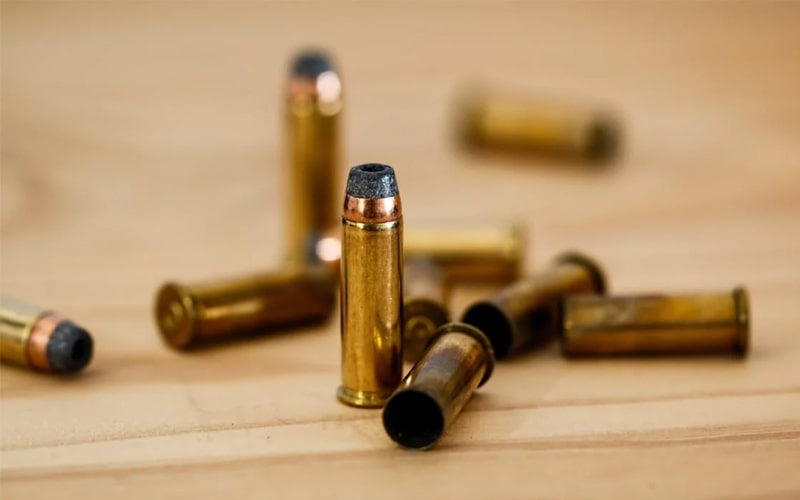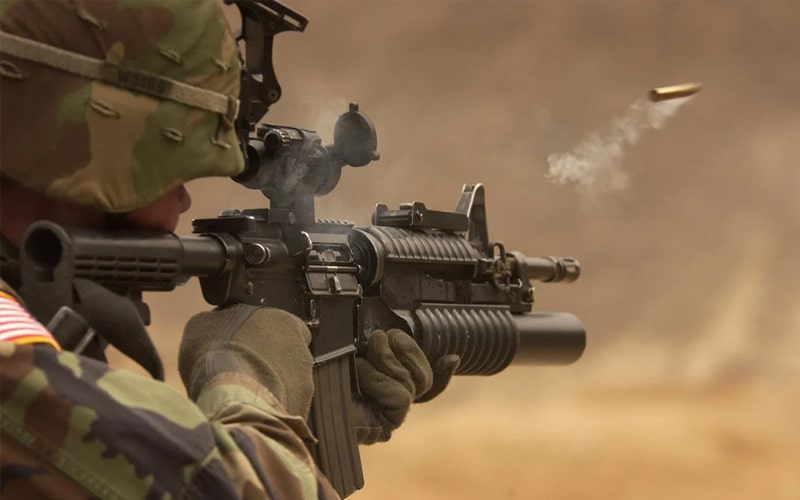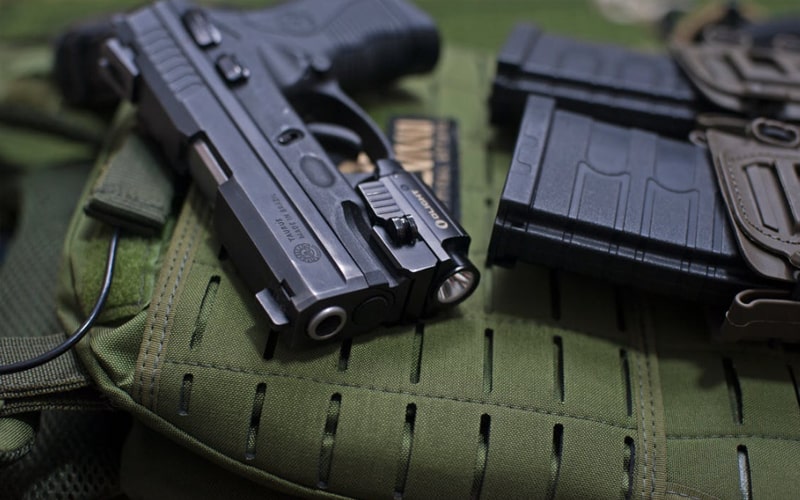Bullet grain is among the most critical factors you should consider when buying pellets. Each grain is compatible with a specific firearm and shooting purpose.
Many gun users, especially beginners, often get confused when choosing between 115 grain and 124 grain. So what are their pros and cons? Which is the better option for you?
This in-depth 115 grain vs. 124 grain provides an insightful comparison between these two categories to help you make a wiser buying option. After reading this post, you also understand more about the pellet’s size and weight.
Now let’s first discuss the definition of grain.

What Is Grain?
To understand more about 115 and 124 grains, you first have to grasp the basics of this measurement. In short, grain indicates the weight of a bullet.
It is used to measure and help users classify the bullet’s weights more effectively.
A grain equals 1/7000 pound or 1/437.5 ounce. Grain makes it easier to measure and estimate the weights of pellets since they are very small. In addition, a slight weight change can significantly affect your shooting experience.
So, you must measure the pellets’ weight precisely. A bullet ranges between 60 to 160 grains in weight. The popular bullet grains are 114, 124, or 147.
Many people think that the grain only indicates the weight of the gunpowder inside a pellet. However, the term you see on the ammo box means the overall mass of a bullet. It includes both the shell and gunpowder.
So what are the differences between 115 grain and 124 grain? Let’s move on to the next section to find out.
115 Grain Vs 124 Grain: What Are The Differences
If you look closely, you will notice that the bullets with 115 or 124 grain have the same size. The only difference lies in their weight or gunpowder mass.
Though a 9-grain difference is not much, it still leads to some significant changes regarding energy, recoil, and the shot’s accuracy.
Here are some significant differences you should consider:
Energy Delivered by the Round
The heavier the bullet, the more energy the shot carries. Since the two categories have similar sizes and shell material, the 124-grain pellets will generate more energy and power.
As a result, you will get better penetration and power with the 124-grain than with the 115-grain. However, you still get adequate energy and penetration at a close distance since the grain difference is not that significant.
Recoil Differences
When shooting, your firearm will get pushed back in your direction. If you didn’t hold it tight or get in an improper position, it might cause injuries to your chest and shoulder.
In general, the firearm needs to generate more force for the heavier pellets. So, in this case, the recoil will be more considerable when using 124-grain pellets than the 115-grain ones.

Momentum
Momentum is perhaps the most affected factor. Imagine that you throw a heavy brick and a small rock with much less weight onto the ground. So which do you think will cause more damage?
It is always the large brick with a heavier weight since it generates more momentum than the small rock. The same principle can be applied to bullets. The heavier the pellet, the more speed it delivers.
So it is evident that the 124-grain will travel slightly faster and cause more damage. So if you are hunting at a far distance and need more power, the 124-grain will be a better choice.
Performance
Considering the above factors, it is obvious that the 124-grain brings more penetration and power with bigger momentum. It is also less affected by the winds due to the heavier weight.
However, in an ideal shooting environment with no winds, the 115-grain pellets deliver more accuracy as they travel in a straighter trajectory.

FAQs
Is 124-Grain 9mm Good For Self-Defense?
The answer is yes. The 124-grain offers excellent power and is a prevalent ammo option for 9mm pistols. Therefore it is a suitable choice for self-defense.
You can choose for ammo with higher grain to increase the penetration capacity.
What Grain Is Better For 9mm?
At a 47-yard shooting distance, the ammo with higher grains will deliver more accuracy. You can try shooting a 115-grain bullet and a 147 to examine it. In general, the ammo grain between 115 to 147 is ideal for 9 mm shooting.
Bullets with higher weight are too hard to use and are also uncommon options.
What Grain 9mm Do Police Use?
The majority of police officers use the 124-grain or 127-grain 9mm bullets for their pistols. They can travel at a velocity of 1250 feet per second. Meanwhile, in the military, the officers commonly use 124-grain FMJ bullets.
They offer more power, higher velocity, and a better penetration capacity.

Is A Higher Grain Bullet Better?
It is true that higher grain bullets have more power, velocity, and damage.
However, the lighter bullets also come with some noticeable advantages. For example, they travel in a flatter trajectory at higher speeds.
This feature makes the light bullets optimal for shooting at far distances or in shooting competitions, especially in non-windy weather conditions.
Which One Should You Choose?
If you opt for power and penetration, the 124-grain ammo is an ideal option.
Meanwhile, in non-windy conditions, the 115-grain ammo delivers more accuracy and shooting satisfaction, especially at far distances.
However, since the 9-grain difference is not so significant, you can opt for the cheaper or more accessible category to save time and money. I guarantee that these two categories deliver a pretty similar shooting experience.
Final Thoughts
To sum up, just go for the ammo type you have on hand or prefer. Both 115 and 124 grain can fulfill your purposes and needs, so there’s not much to linger between them.
I hope that the in-depth comparisons provided can satisfy you.
Thank you for reading! Follow us to read more articles at: GuardyourHealth.com

The 16th Sergeant Major of the Army, Sgt. Maj Christian Smelling was sworn in on August 11th 2009 and has held every enlisted leadership position ranging from cannon crew member to command sergent major
